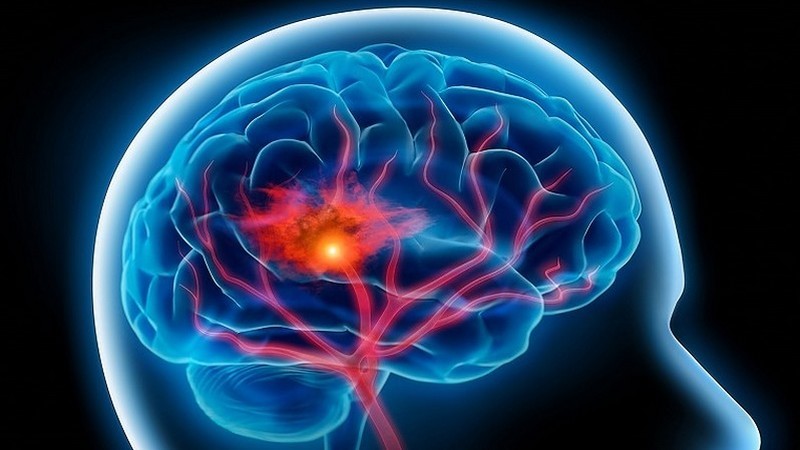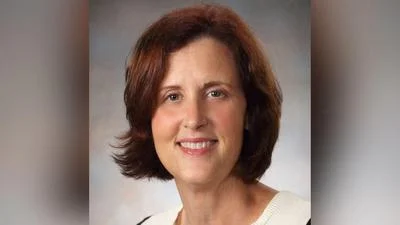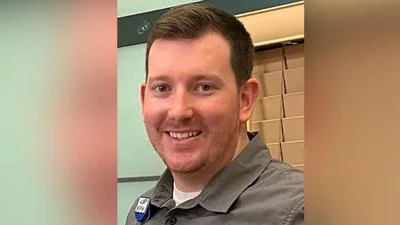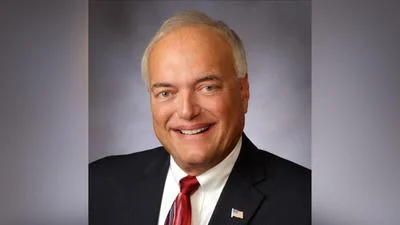COLUMBUS – There might be a glimmer of hope for recovery for ischemic stroke victims, thanks to the work at The Ohio State University Wexner Medical Center and OSU College of Engineering.
With a new stroke victim in the United States every 40 seconds and most medical response not quick enough to stop permanent brain damage, stroke victims are often left with lasting effects for the rest of their lives.
OSU researchers recently developed a new technology that trains skin cells to generate vascular cells, aiding in the repair of brain tissue that has been damaged from a stroke.
Daniel Gellego-Perez, OSU College of Medicine biomedical engineering assistant professor, is leading the research program.
“We rewrite the genetic code of skin cells that tell them to become blood vessel cells,” Gellego-Perez said in an article from OSU. “When they are deployed into the brain, they are able to grow new, healthy brain tissue to restore normal blood supply and repair damage.”
Modern medical advancements have made it possible for doctors to clear blood clots in the brain after a stroke, but the procedure must happen immediately after the event or the damage is still permanent. This new procedure from OSU, however, can be administered even several days after a stroke.
After studying the new technology on mice, Gellego-Perez’s team found that all of the test subjects treated with the new cell therapy regained 90% of their motor function, with damaged areas repaired after a few weeks of treatment. The researchers continue to explore how the procedure can be applied to other brain diseases such as Alzheimer’s.
The study was published in the online journal Science Advances.
“The thought was that once brain tissue dies, that was it,” said Dr. Shahid Nimjee, co-author of the study and an OSU Medical Center neurosurgeon. “We’re now learning that there’s opportunities where we can regenerate cells to restore function to the brain.”







